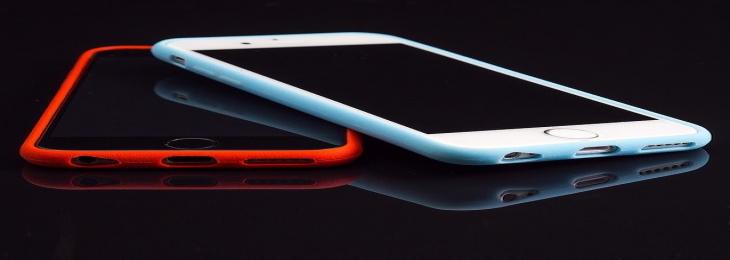
Mobile application (also called as mobile app) is a software program designed to run on mobile devices frequently serve to provide users with similar services to those accessed on PCs. Mobile applications perform specific task for mobile users and now have been a part of smartphones for over a decade.
In today’s world, technology is booming and there are various technologies that are set to impact the mobile app development. In an epoch when the world is heading towards digitization, mobile apps are gaining traction in all spheres of life and are becoming an indispensable part of the digital ecosystem. The mobile app development industry has been significantly impacted by the advent of advanced technologies such as the Internet of Things, Chatbots, Artificial Intelligence, Machine Learning, Blockchain, and Augmented and Virtual Reality. These technologies are leading the development of mobile applications and towards a new revolution. Let’s take a look at some of the biggest trends.
- Artificial Intelligence (AI) and Machine Learning (ML)
Applications of AI:
AI in astronomy, healthcare, gaming, finance - By transferring email and call data into record systems or helping resolve billing issues and updating records; Date security - for predicting a buyer's preferences on sites and protecting against fraud; Social media; Travel & Transport; Automotive Industry; Robotics; Entertainment – Netflix or Amazon; Agriculture - Agriculture is adopting AI for agriculture robotics, solid and crop monitoring, predictive analysis; E-commerce; Education - AI chabot can communicate with students as a teaching assistant and also automate grading.
Examples of AI & ML features implemented in mobile application:
- Image Recognition
- Face Detection – Used as a security for unlocking mobile or for payment authentication.
- Text and Image Classification – Helps user to correct sentences grammatically. Moreover, features such as image labeling and classification, object localization, and recognition are recognized using this technology.
- Sentiment Recognition and Classification – Social media monitoring, brand monitoring, customer support, customer feedback, market research
- Speech Recognition – Alexa, Cortana, and Siri digital voice assistants
- Predictive Maintenance
Augmented Reality (AR) Vs. Virtual Reality
Augmented Reality adds digital elements to a live view often by using the camera on a smartphone whereas virtual reality implies a complete immersion experience that shuts out the physical words in other words it creates a simulated environment.
Examples of AR:
Snapchat lenses and the game Pokemon Go.
Examples of VR:
Using VR devices such as HTC Vive, Oculus Rift or Google Cardboard, users can be transported into a number of real-world and imagined environments such as the middle of a squawking penguin colony or even the back of a dragon.
Trends in AR & VR:
- Augmented Reality as a novel way of shopping.
- AR for navigation solutions
Internet of Things (IoT)






